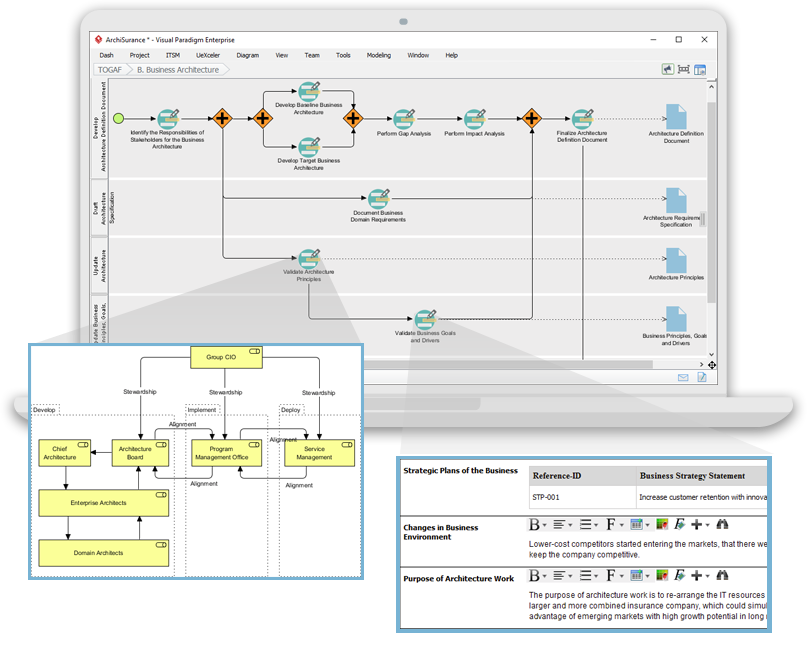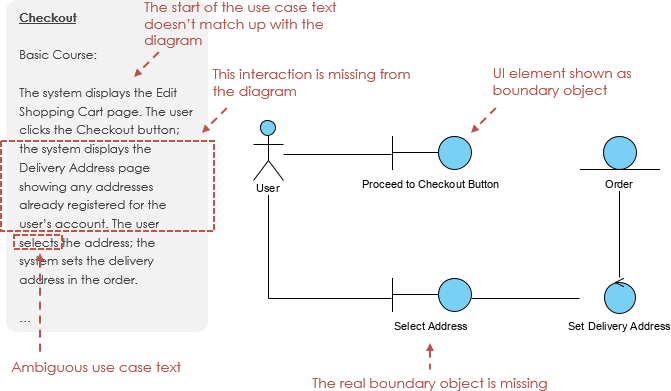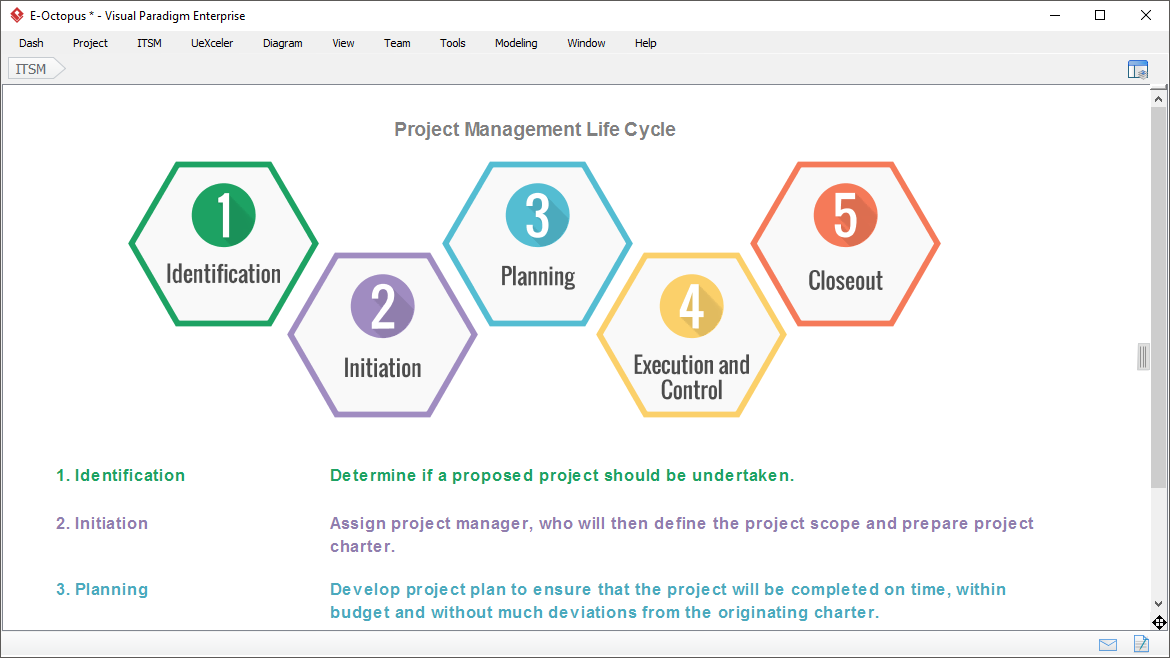Opportunities and Solutions in TOGAF ADM Phase E: Addressing Architectural Implementation Challenges
Introduction The TOGAF (The Open Group Architecture Framework) Architecture Development Method (ADM) is a comprehensive framework that helps organizations design, plan, and implement effective enterprise architectures. Phase E of the TOGAF ADM, known as "Opportunities and Solutions," plays a crucial role in bridging the gap between architectural planning and real-world implementation. In this phase, organizations evaluate potential architectural opportunities and develop concrete solutions to address their business and IT needs. In this article, we will explore the purpose and significance of Phase E and provide examples of how it contributes to successful enterprise…continue reading →




